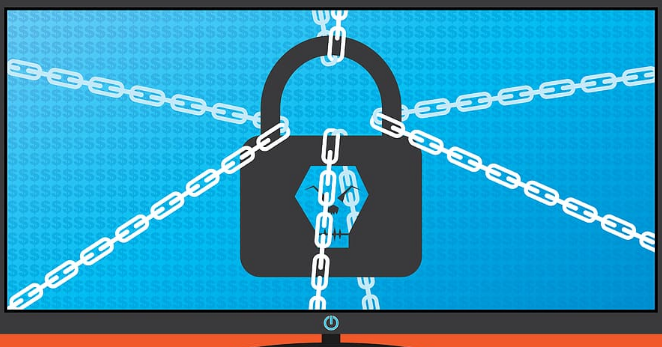Business owners and managers alike have begun placing an increased emphasis on the cybersecurity of their organizations, for good reason. An alarming statistic unrelated to health came out of the COVID stricken 2020 that directly impacted organizations everywhere. Throughout 2020, cybercrime, which includes the act phishing, ransomware, identity theft and even fraud, saw a 600% uptick.
These web-based attacks in combination with dangerous malware such as ransomware often require the most expensive form of protection for organizations. In fact, some organizations have been known to spend upwards of $2.5 million dollars to defend themselves from these attacks. Those who still manage to be attacked despite this investment, nearly one in three businesses, often find their data to be inaccessible for at least a week.
What’s even worse is that the professionals hired to deal with these issues are aware of their organization’s vulnerability. Nearly half of all IT professionals have indicated some form of cybersecurity weakness that their organizations are susceptible to. Despite these professionals’ work, nearly 75% of all organizations with up-to-date protection still fall victim to ransomware. In the past year, nine in ten organizations indicated they were the target of a ransomware attack.
While it’s true that any individual in an organization can be targeted, more often than not the true targets of these attacks are an organization’s executives. Namely because these executives have clearance and access to an organization’s most sensitive data. An entire company could be at risk if even one of the attacks is successful. This is why companies have begun investing so heavily in cybersecurity, while simultaneously exploring ways to avoid these targeted attacks on executives.
One of the first ways in which organizations have worked toward protecting executives is through a careful scan of an executive’s online presence. Social media and networking accounts, blog pages or posts from years prior; anywhere their information may be susceptible to the wrong parties should be wiped. Taking proactive steps to defend against these attacks is imperative, but what’s more important is educating these executives to understand what one of these attacks might look like and how to make themselves less vulnerable.
This is accomplished through showing executives what these phishing attempts might look like. Unfortunately, with how far this technique has come, even the most sophisticated or savvy executive might still fall victim to a phishing e-mail. Insisting on executives to take it slow and pay close attention to detail when scanning their mailbox is essential. Avoiding any messages from unknown senders or any individual not within their contacts is key. Deleting any suspicious e-mails without opening them is also highly suggested.
For more information regarding the dangers of these cyberattacks and the importance of a sound cybersecurity strategy, be sure to review the infographic coupled alongside this post. Courtesy of Cancom Global Security.

